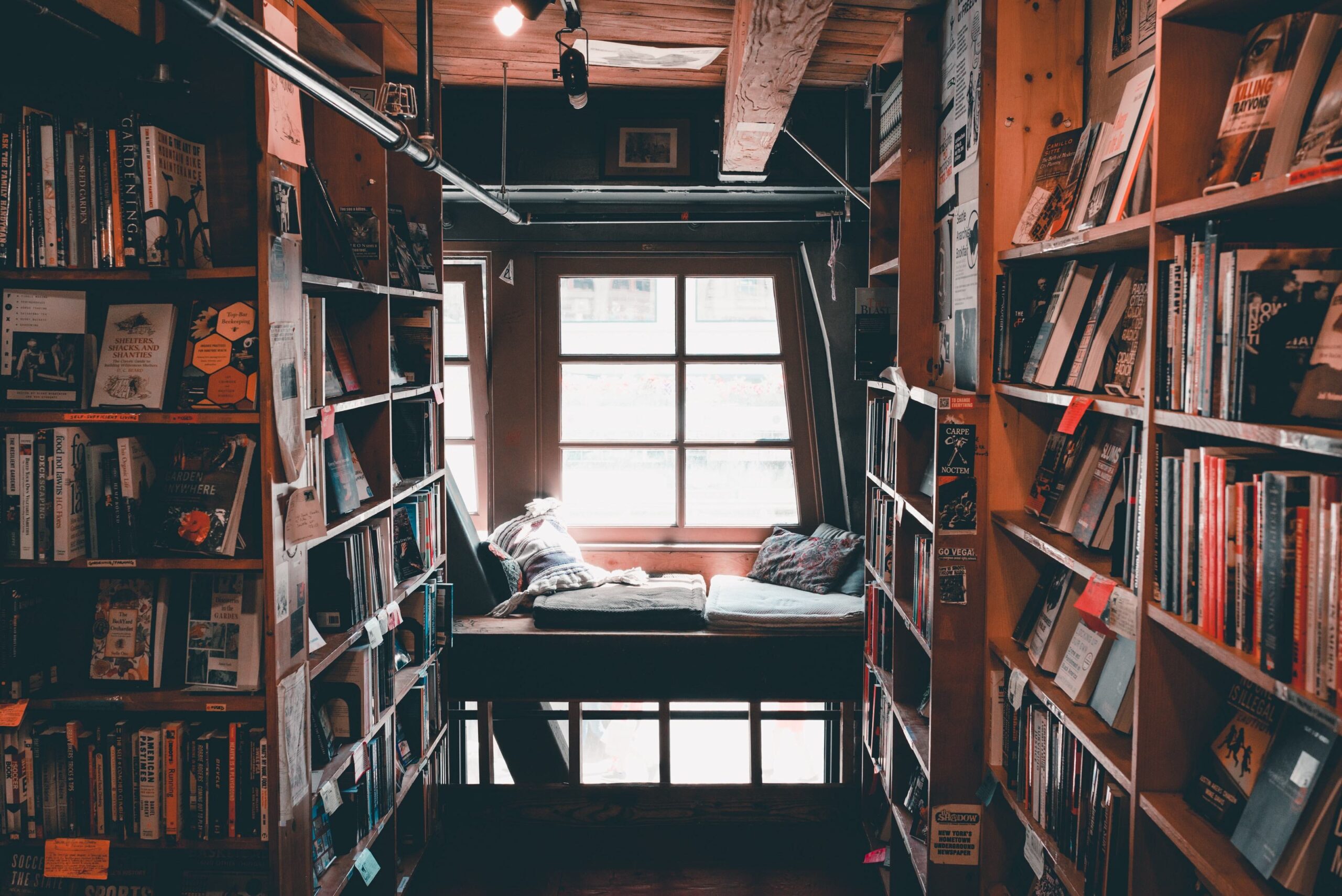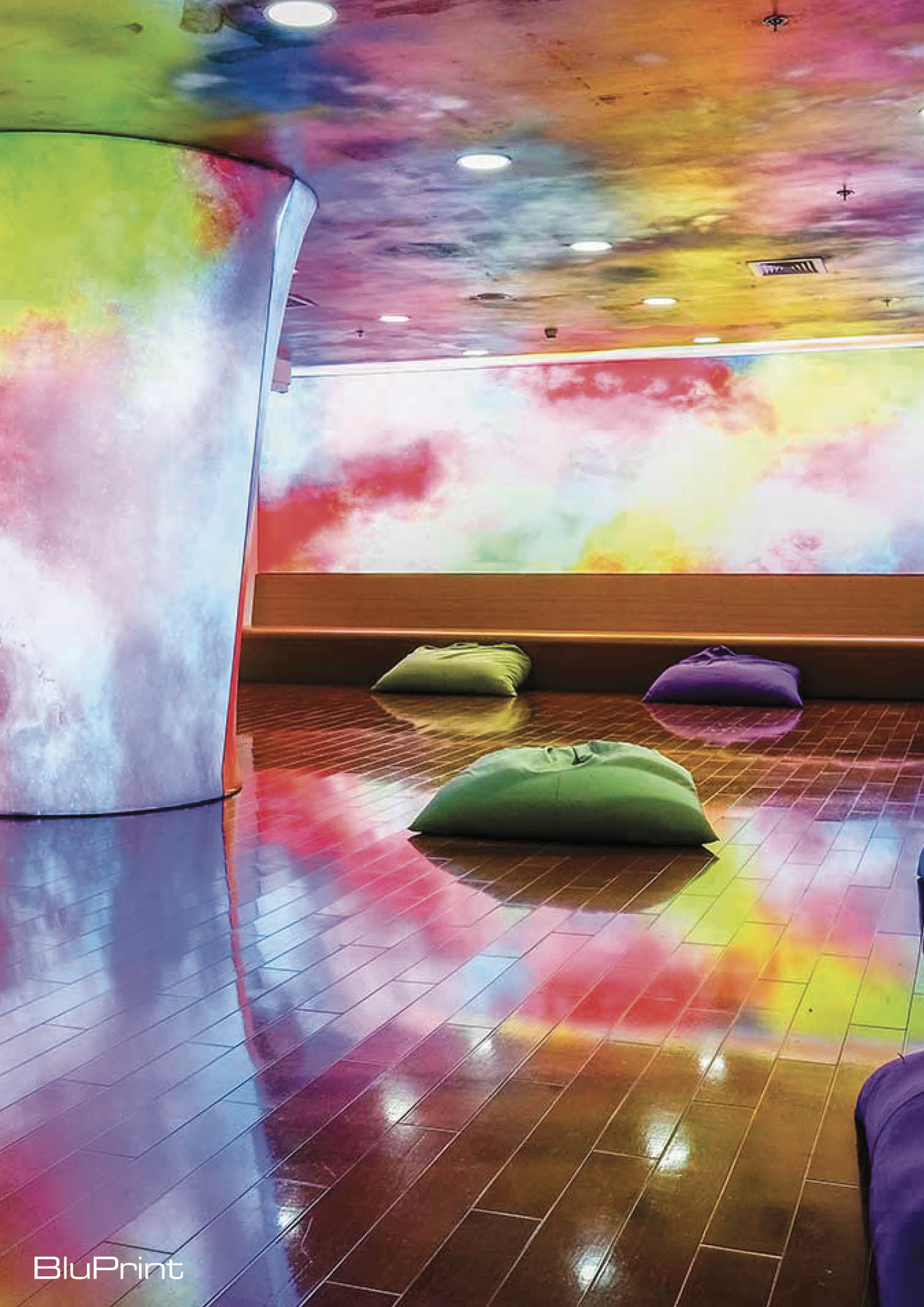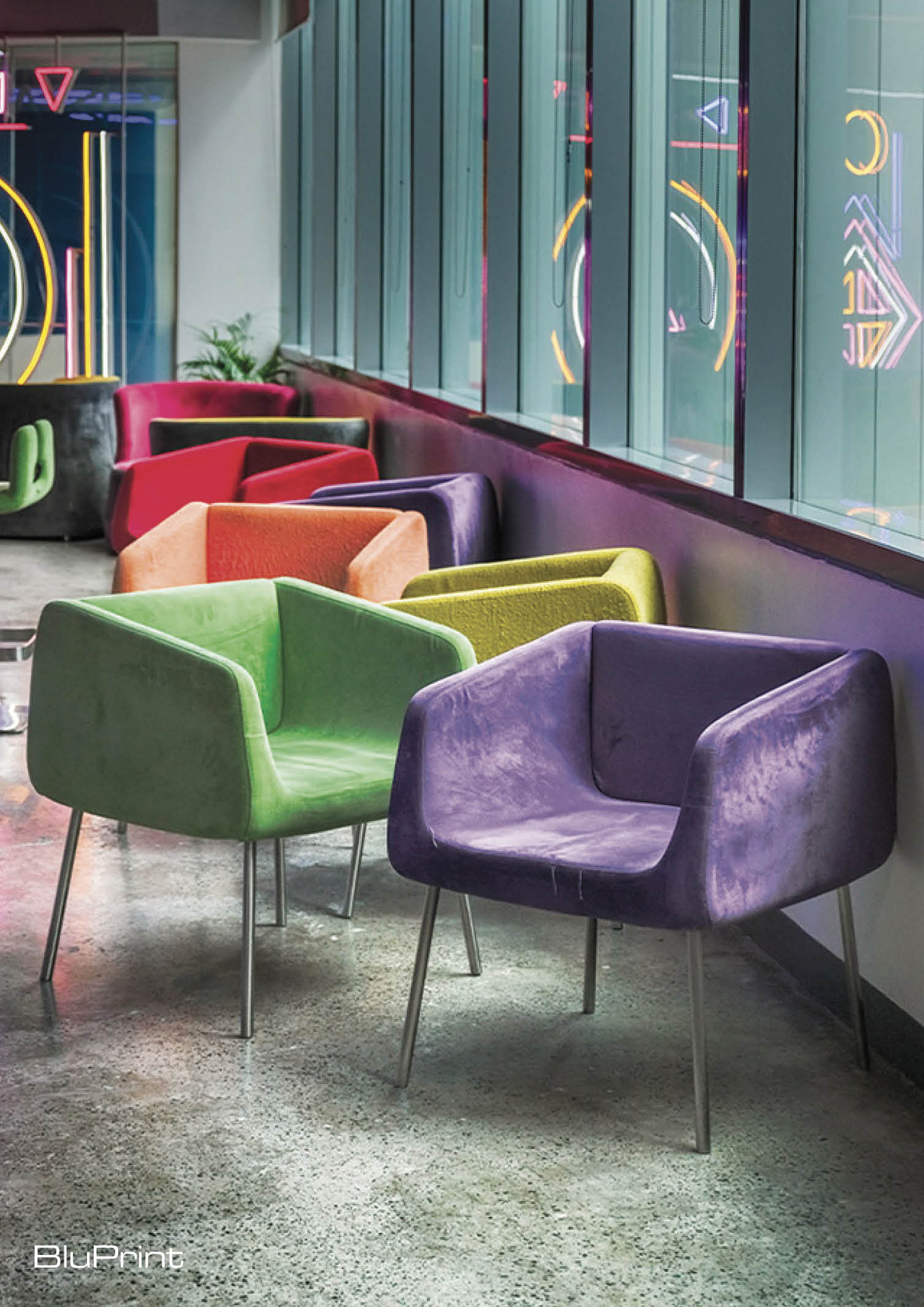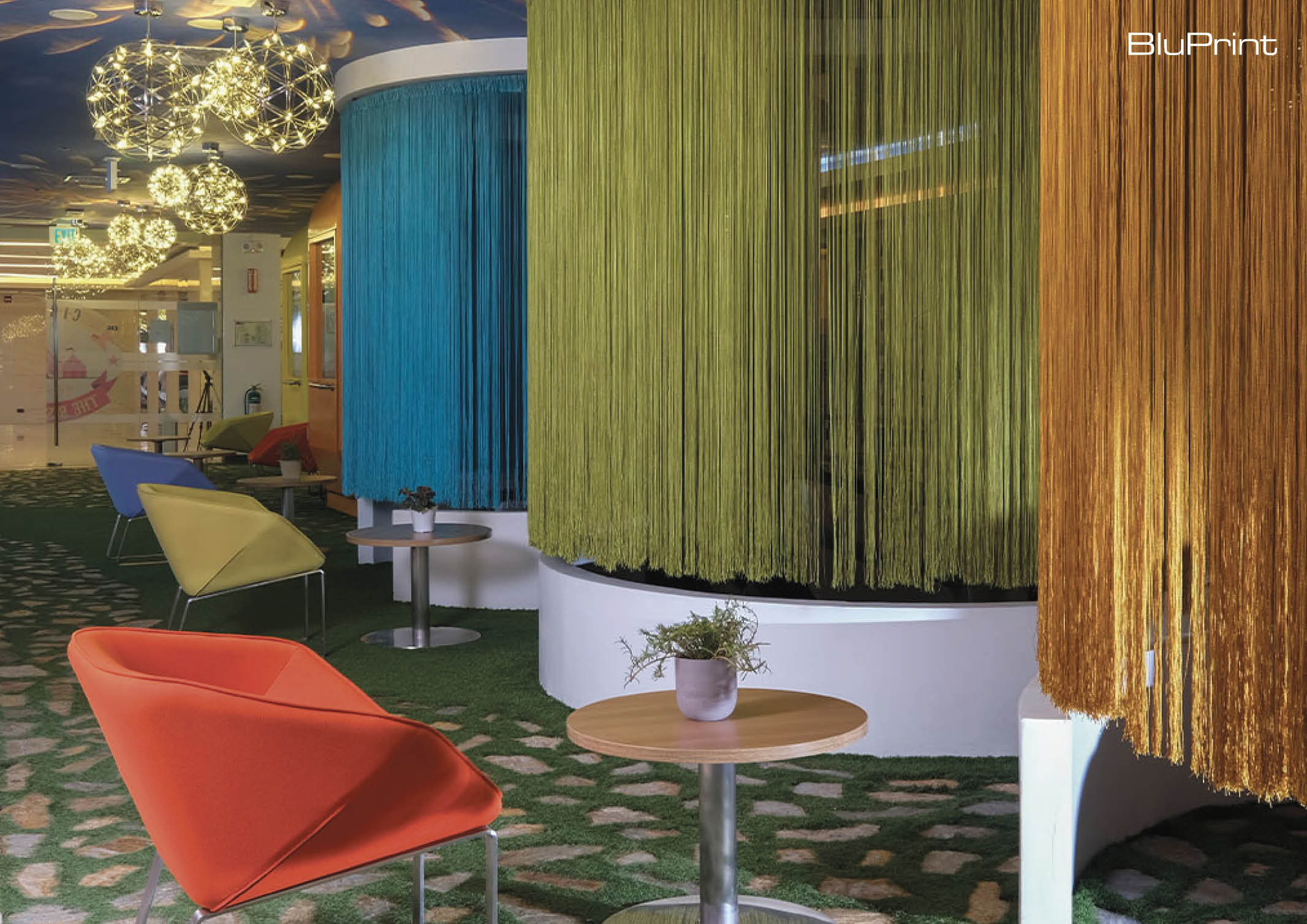
Safe Spaces Within Safe Spaces
When one thinks of the term ‘safe space’, does a specific person or place come to mind? In general, ‘safe space’ means “a place or environment in which a person or category of people can feel confident that they will not be exposed to discrimination, criticism, harassment or any other emotional or physical harm.” It has a broad definition. Sometimes it would become a term leaning towards the idea of a romantic partner, sometimes the memory of one’s closest friends and family who give exceptional emotional support. In this case, ‘safe space’ refers to the areas where an individual can be one with solitude without feeling alone or unsafe.
Why do people have a specific area or place they keep coming back to?
A safe space or a place of solitude can become different places depending on the person. It can be one’s home bedroom where band posters or favorite art is posted on the wall, that small office corner where not many people pass by but is a great place for listening to music on speakers, the makeshift reading nook in the house that your pet tends to hog, the home office where your grandparents used to work in and has a distinct air that still carries their signature perfume, or the library where comforting silence reigns supreme. Sometimes this safe space can also take the form of a quiet cafe or an empty art gallery.
Though these are different places, one thing they all have in common is that they are areas located in spaces that are already understood as safe. Since these areas are already in safe space, why does one need to have a place for solitude within safe spaces? As creatures who are hardwired for connections and community, having shareable spaces with neighbors, friends, family, and colleagues are indeed necessary but it’s also equally important for one’s own well-being to have a private space they can call their own.
Safe spaces are unique to each individual but they still do have some commonalities that every place can adopt in order to create that little bubble where people can feel completely at ease.
The space has to allow space for one or more pieces that are extremely personal to the individual. If the safe space is in an office, clutter-free and minimalist spaces can give people a chance to leave their own belongings and mark the space with a piece of themselves.
The space has to have a welcoming and cozy ambiance. Colors, visually appealing shapes, and plant life are necessary to give the space more balance. The room can be decorated with artwork and furnished with comfortable couches or beanbags that allow for rest and relaxation during break times.
The space has to have soothing sounds and lighting. Spaces with light background noise (e.g. natural white noise or the sounds of a water fountain) or no noise at all are the basics for good concentration. Yellow lighting as well can provide an environment that’s more inviting and calm.
One great example of a safe space that provides more safe spaces within are the TaskUs offices. In their offices that expand the country, many areas possess these elements that give off a welcoming and relaxing aura through soft textures.




Related Read: The Story of TaskUs: Channeling the Power of a Collective Spirit
With a private space one can label as safe, a person can reveal themselves, relax, and stop posturing. Respite from the thoughts of other people can be silenced and offered to the walls of these private spaces that have become natural diaries in and of themselves. Within these small bubbles, a person can have the chance to disconnect from the community and get the chance to immerse in necessary introspection that could involve solving difficult life problems or knowing oneself better. Within these safe spaces, a person can also fly into daydreams where progress takes its roots.
Regardless of what a person would think a safe space is, every human being needs a tiny space they can claim as their own.
Photos by Ed Simon


